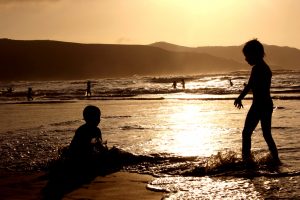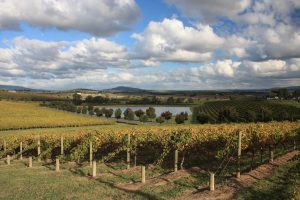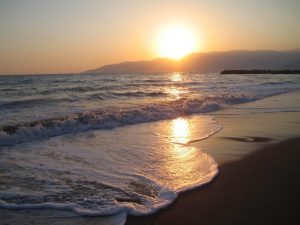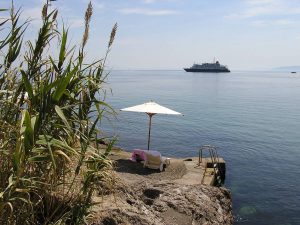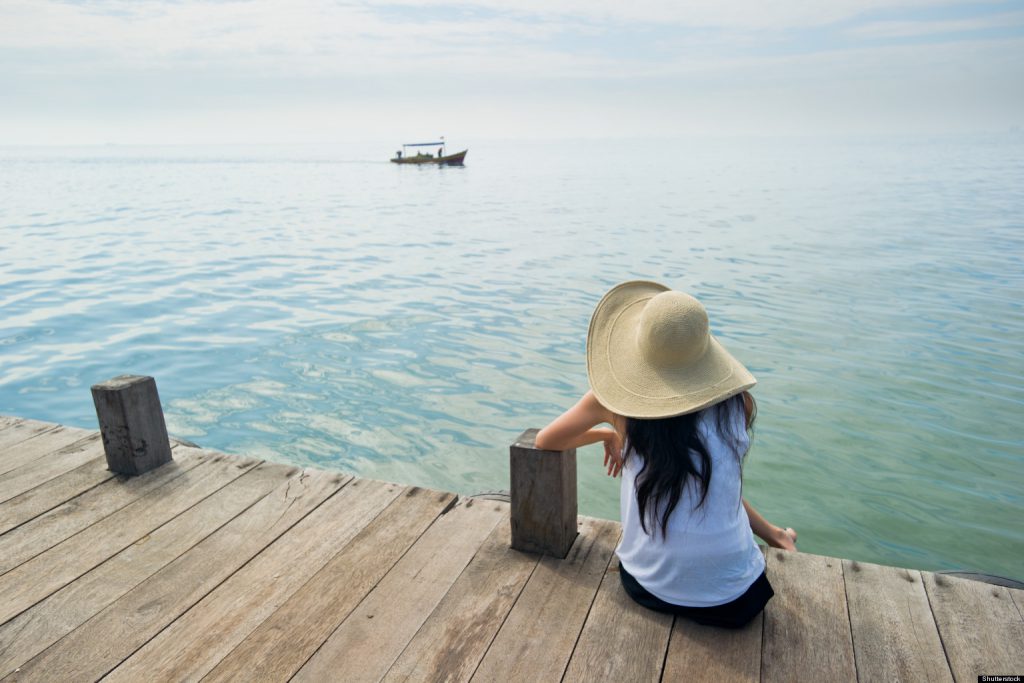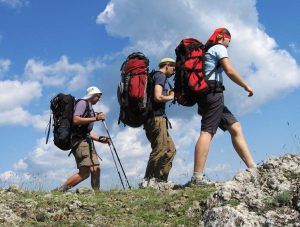Tasmania boasts more than its fair share of world-class adventures; an engaging cultural landscape, tantalizing gourmet fruits and vegetables, as well as unexplored wilderness. The island has turned into a must-see destination in the subsequent years, a title that is well-deserved.
Hobart
Hobart is enjoying a cultural revolution — that the booming art scene is inevitable around town.
A low-rise capital town and Australia’s second oldest (after Sydney), Hobart is pocketed with lush green parks and its metropolitan areas are dispersed across the magnificent Derwent River and deep-water harbour.
Venture past the colonial cottages and cottages and within minutes you will end up immersed in the character and savouring freshly picked fruits and veggies straight from the farm gate.
Walk along the waterfront among all the yachts and working fishermen, around to Salamanca’s coastal boulevard of beautiful warehouses in which you will discover art galleries, restaurants, museums and the famous Saturday markets.
For the greatest views of Hobart that there is not any better place to begin than the 1,270m summit of Kunanyi / Mount Wellington. You will be able to see ‘The Mountain’ anywhere you are in the city, and conversely a view from the summit provides sweeping vistas taking from town and the surrounding wilderness. Lakes, waterfalls and ancient forests are situated in the west of downtown, not much beyond antique shops, hop farms and historical villages.
Hobart’s cultural hub is unquestionably the most diverse and fortress-like independently financed Museum of Old and New Art (MONA) in Berriedale. Take the ferry in town for the entire experience. The emergence of historical art hotels in Hobart in the past few years has proven there is much culture to be experienced.
For beer lovers, combine a tour of this 1824 Cascade Brewery, Australia’s earliest. For non-beer fans, wet your whistle at Lark Distillery (whiskey), together with Shene Estate’s Poltergeist Gin or down a Willie Smiths Cider.
Hobart enjoys festivals, ranging from the vibrant MONA FOMA and mouth-watering Taste of Tasmania in the summertime to the cultural and quirky Dark MOFO and the beautiful Festival of Voices during the winter.
The Great Eastern Drive
This bright ribbon winds its way amidst rocky beaches caressed by sparkling blue waters — incorporate farm-gate new produce, award-winning vineyards and berry farms and you will immediately see why the East Coast is one of Australia’s most scenic road excursion destinations.
Taking in enchanting seaside villages and vacation house hamlets, the Great Eastern Drive is the best escape in the event sun, sand, and pristine water is the inspiration. And this remains Tasmania we are referring to!
Most streets are made for you to your destination quickly. The Great Eastern Drive is both the journey and the destination — strategy to stop, frequently. Consider it as a wander compared to a driveway, and you will find the idea.
The Freycinet Peninsula is easily the area you’re going to want to devote the time you can walk for days or minutes and constantly be rewarded with amazing views at every turn.
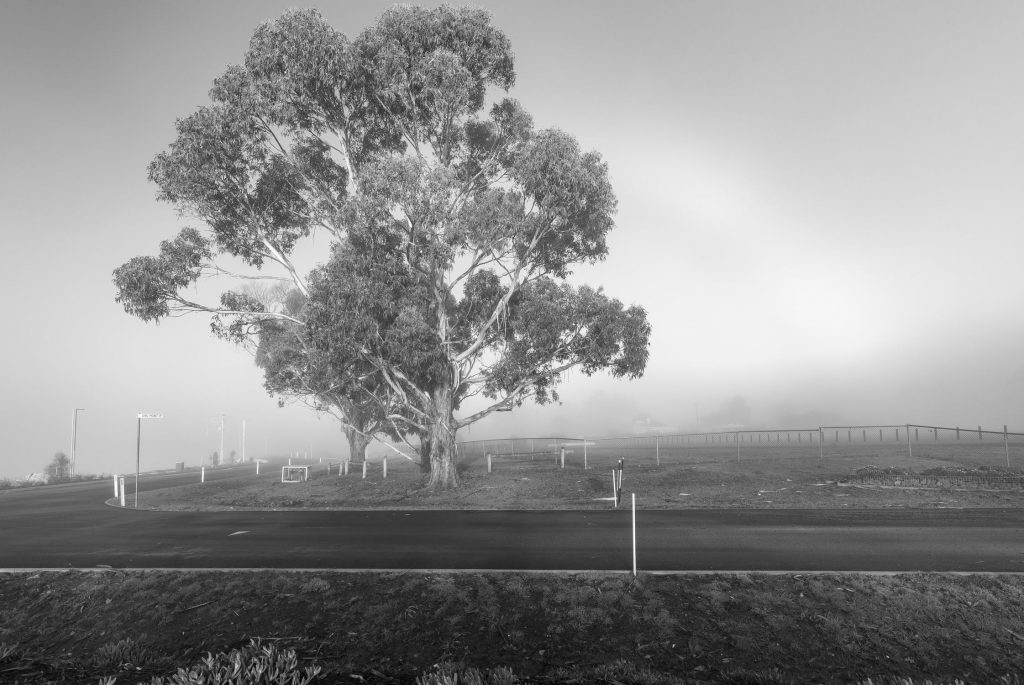
Go between May and November and also you will see migrating humpback and southern right whales, and from August to May you can venture in the darkness with Devils in the Dark at Bicheno to view Tasmanian Devils in their normal habitat.
Cradle Mountain
Cradle Mountain is the most accessible spot to go to if you can’t wait to explore the wilderness. From endless hiking pathways, scenic drives to magnificent outlooks and the list of outdoor activities to get your heart pumping — this really is a playground for outdoor lovers who also cherish the conveniences of home.
Tread softly across the boardwalk through the valley in Ronney Creek on dusk — in case you need to see wombats, this is where they will be. Grab the sunrise, or place, at Dove Lake at the base of Cradle Mountain for this traditional postcard view. Have your breakfast at one of the few restaurants while taking a look at the view. You would find that the food might not be as good as compared to when you were having your breakfast in Hobart, but they are a class of its own – and the scenery is well worth the experience.
At the North West of the island that a scene that defies belief. Historical myrtle woods wrought golden button grass plains and a jagged coastline so crazy you will wonder how the native people survived here for over 40,000 decades. Their tales are amazing, matched only by the natural wonders that they have been nurtured from. Learn more about the fishing village of Stanley and its own landmark sheer-sided’ The Nut’ to start your trip to the Tarkine.
Slow down and breathe fresh air as possible through the Tarkine Drive, a looping scenic route which investigates ancient woods, sinkholes, and natural rock arches, mountain ranges combined with engaging native stories.
Tarkine Drive is the looping, scenic route surrounding the very old woods, natural rock arches and sinkholes. Slow down as you drive and open the window to take in as much of the fresh air as possible while listening to podcasts on engaging native stories about the mountain ranges.
When to Go to Tasmania
All seasons are magnificent in Tasmania — cliché, but accurate. Summer is peak tourist time in Tasmania, so reserve ahead in the event you intend to go to between December to March. Fall colours ignite the hillsides and Spring blossoms with roadsides aglow with flowering bulbs.
Winter can deliver crisp blue sky and snow into the mountains.
Dressing in layers is the best way to confront the islands frequently unpredictable and rapid-changing weather. Sunscreen is a must-have thing in summer. Tasmania’s daylight hours differs according to the time of the year, more so than any other parts of Australia. It would be wise if you anticipate roughly nine hours during winter and fifteen hours during the summer before you plan your trip.


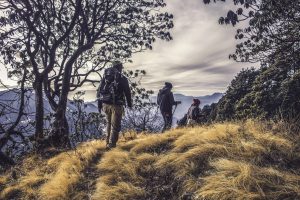 The only car entry in Freycinet National Park is located near Coles Bay, the area’s most important town. It is a popular backpackers’ hangout where you can conveniently put up on food and other trekking and camping requirements. In prep for your hike into Freycinet, or to capture your breath after, there is a selection of accommodation in Coles Bay. The property in this area has been very popular as of late. An investment property advisor would likely tell you its due to the increase in appeal of a quieter lifestyle as well as substantially cheaper housing. If hiking is a passion of yours, developing an investment property plan to acquire your own accommodation is definitely something to consider.
The only car entry in Freycinet National Park is located near Coles Bay, the area’s most important town. It is a popular backpackers’ hangout where you can conveniently put up on food and other trekking and camping requirements. In prep for your hike into Freycinet, or to capture your breath after, there is a selection of accommodation in Coles Bay. The property in this area has been very popular as of late. An investment property advisor would likely tell you its due to the increase in appeal of a quieter lifestyle as well as substantially cheaper housing. If hiking is a passion of yours, developing an investment property plan to acquire your own accommodation is definitely something to consider.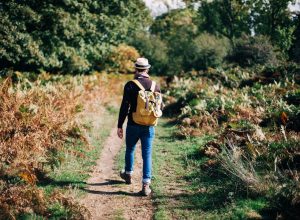

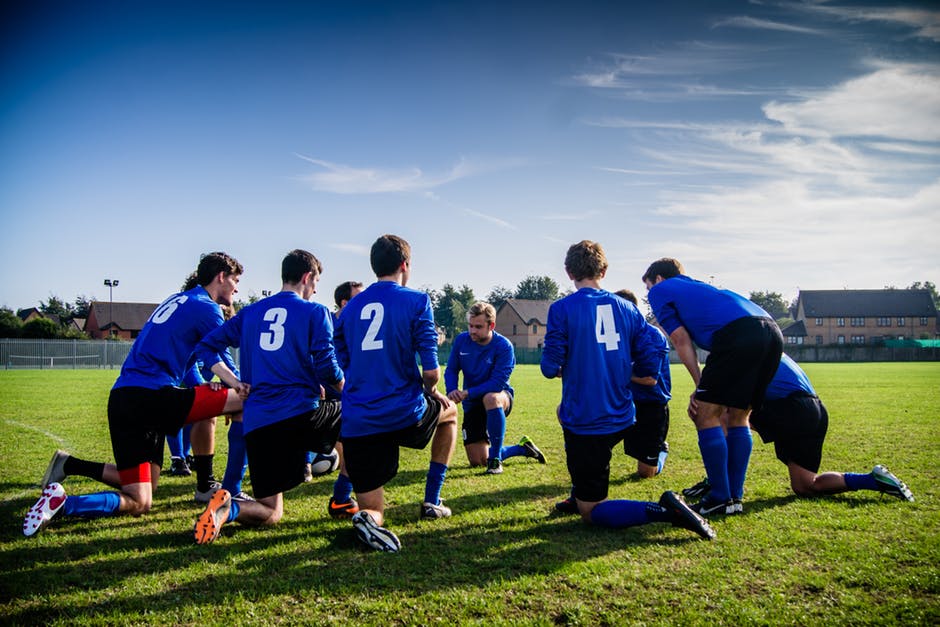

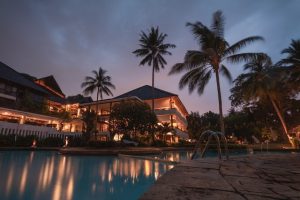 dinner reservations. Out of this percentage, 52.5% admitted they would still use their mobiles to buy additional services and 61.4% would book for room upgrades using the same process. These numbers prove that e-commerce craft websites like these don’t only benefit the travel agencies, but also make everything accessible for vacationers.
dinner reservations. Out of this percentage, 52.5% admitted they would still use their mobiles to buy additional services and 61.4% would book for room upgrades using the same process. These numbers prove that e-commerce craft websites like these don’t only benefit the travel agencies, but also make everything accessible for vacationers.
 2. Know the risks of driving in distant places
2. Know the risks of driving in distant places 7. Mind the hills
7. Mind the hills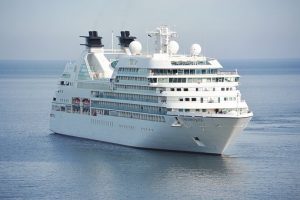
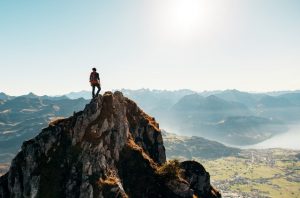
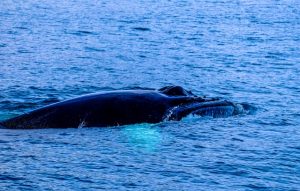 Leichhardt MP Warren Entsch will lead a philosophical inquiry at the
Leichhardt MP Warren Entsch will lead a philosophical inquiry at the 
